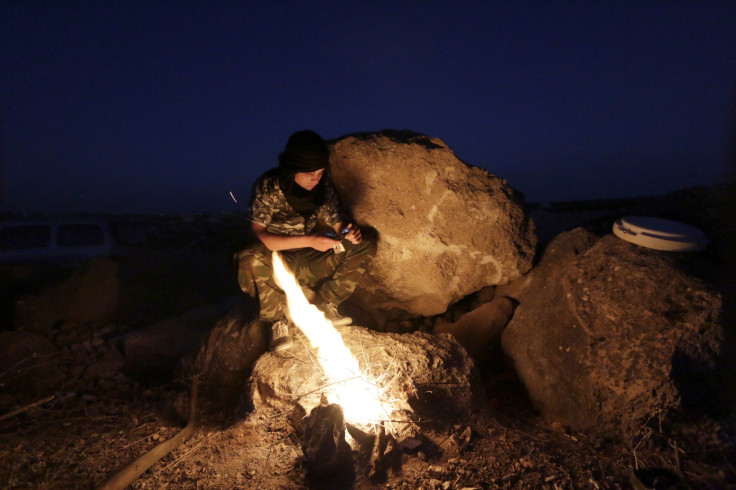Archaeology: Regular fire use by humans dates back to 350,000 years ago

Humans began using fire habitually only 350,000 to 320,000 years ago in Middle Pleistocene, according to an analysis of flint and flint debris recovered from a cave in Israel.
This study follows evidence of fire use dating back to a million years ago but focuses on the regular use of fire.
An international team led by Ron Shimelmitz from the University of Haifa examined flints (stone tools) and flint debris from deposits at Tabun Cave in the limestone cliffs of Mount Carmel in northern Israel.
The cave has been inhabited for at least half a million years and this allowed for step by step analysis of the evolving use of fire. Around 82 feet of sand, silt and clay built up over years helped in dating human habitation signs in each layer, reports Daily Mail.
Flints from different layers showed various degrees of fire exposure with newer ones blackened or red in colour, cracked, and rounded in parts while those in older layers didn't appear burnt.
Based on the increase in the frequency of burnt flints, the team concluded that regular fire use developed between 350,000 and 320,000 years ago in the eastern Mediterranean.
"The benefits of fire for processing food, altering raw material or enhancing social interactions would be fully realized only when use of fire shifted from opportunistic and occasional to habitual, how ancient fires were started, so the latter remains simply a hypothesis for the time being," Dr Ron Shimelmitz, an archaeologist at the University of Haifa who led the new study said.
As wildfires rarely spread into caves, the scientists believe the flints were burned in fires built within the cave by prehistoric humans. But, how the fires were started is still not known.
Fire is believed to have played a key role in the evolution of larger human brains, but while 350,000 years ago, the lower Paeleolithic period, is too late for fire to influence brain enlargement, it would have played a key role in the origins of social behavior.
Control of fire was also a key development that allowed early humans to spread into colder climates, but this expansion had already begun by 350,000 years ago.
Some anthropologists believe fire played an instrumental role in the evolution of early hominins around two million years ago when our teeth and guts became smaller.
Besides establishing the species as a top predator, fire allowed food to be cooked and provide more calories at less expense of energy.
The work is published in the Journal of Human Evolution.
© Copyright IBTimes 2025. All rights reserved.





















